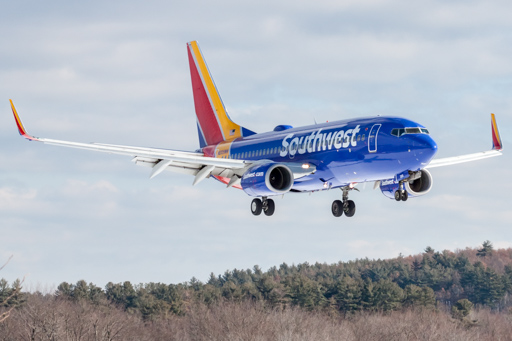
Now that we (finally) have some snow in New England I thought I’d share some of my personal views and observations about the opportunities and challenges that snow presents to the aircraft photographer. Generally speaking, snow on the ground changes the lighting conditions as it reflects sunlight and often creates a wonderful environment of all-around diffuse light. Not only do we avoid sharp shadows (like on overcast days), but also the undersides of aircraft easily receive more light.


The picture of PSA’s CRJ200, above, is a good example of how the reflected light illuminates the undersides of a landing aircraft. Similarly, the landing Southwest 737s look quite different from one another: One was shot on an overcast spring day (with no snow), the other in bright sunlight but with snow underneath (note the reflection of the aircraft’s shadow in the snow, visible on the fuselage). On a snowy day, even when you have direct sunlight, you can often avoid sharp shadows that otherwise make photography in direct sunlight a challenge. Without snow, the diffuse lighting of the overcast day helps, but even with modest editing there is not as much light to illuminate the underside of the aircraft.
